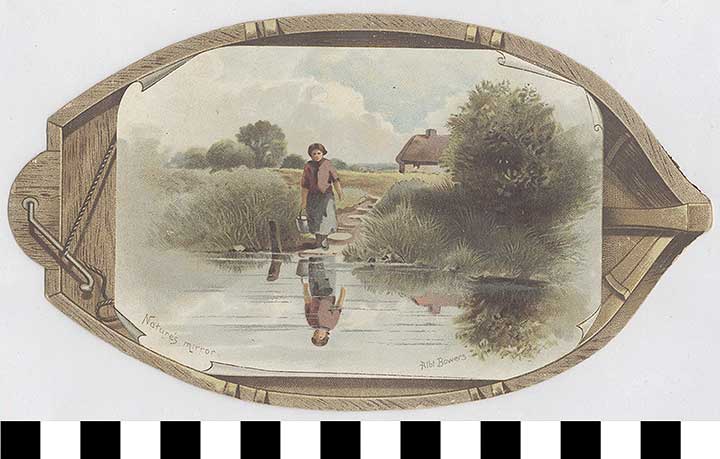Christmas Card
1972.21.0307
Detailed Images
Basic Information
| Artifact Identification | Christmas Card (1972.21.0307) |
|---|---|
| Classification/ Nomenclature |
|
| Artist/Maker | Raphael Tuck & Sons |
| Geographic Location | |
| Period | N/A |
| Date | 19th century CE |
| Culture | Euro - American |
| Location | Not on Exhibit |
Physical Analysis
| Dimension 1 (Width) | 17.6 cm |
|---|---|
| Dimension 2 (Height) | 10.0 cm |
| Dimension 3 (Depth) | 0.1 cm |
| Weight | 8 g |
| Measuring Remarks | N/A |
| Materials | Paper, Pigment--Ink |
| Manufacturing Processes | Printed |
Research Remarks
| Description | As popular 19th-century mantelpiece items of the holiday season, American Christmas cards |
|---|---|
| Published Description | N/A |
| Bibliography | American Antiquarian Society, “Making Valentines: A Tradition in America,” AAS Online |
Artifact History
| Credit Line/Dedication | Gift of Natalia M. Belting |
|---|---|
| Reproduction | no |
Contact
All information about our collection is constantly reviewed and updated. Please contact Dery Martínez-Bonilla, Registrar, if there is any information you are looking for that isn't currently online.
